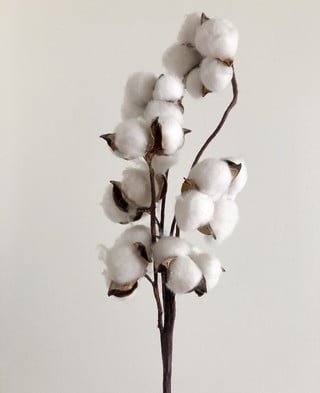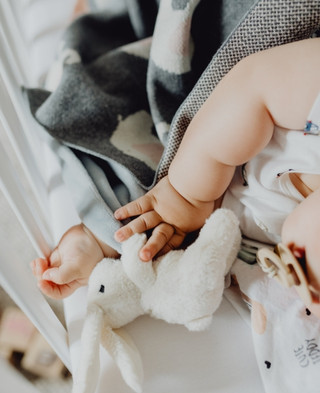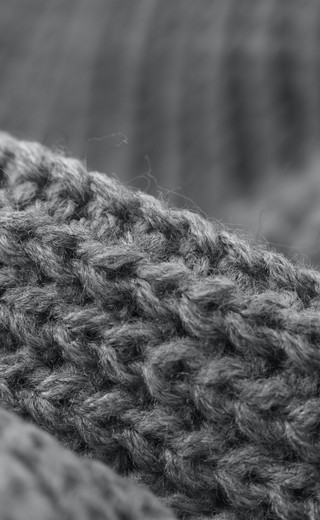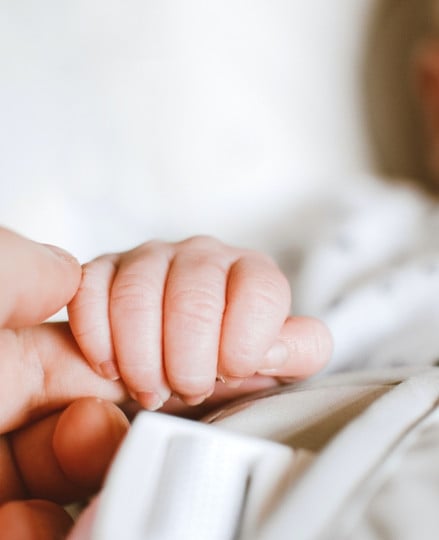How to choose a baby mattress?
Categories:
Advice
 Choosing the right baby blanket dimensions according to season and age
Choosing the right baby blanket dimensions according to season and age
 How to attach a headboard (with or without drilling): quick and effective soluti
How to attach a headboard (with or without drilling): quick and effective soluti
 Waterproof sheet or mattress protector: the best solution by age group
Waterproof sheet or mattress protector: the best solution by age group
 27 Original, Useful, and Trendy Christmas Ideas for Teens 2025
27 Original, Useful, and Trendy Christmas Ideas for Teens 2025
 Christmas Activities for Baby: Creative Ideas for Home & Daycare
Christmas Activities for Baby: Creative Ideas for Home & Daycare
The arrival of a baby requires a new arrangement of the house and the preparation of its room. The baby crib naturally occupies a prominent place in your purchase, as the newborn spends the majority of its time there during the first months of life. To offer the best comfort, it is important to select the best mattress, providing both comfort and safety. Here are the criteria to consider when choosing a baby mattress.

As a general rule, your baby mattress should be made of as many natural raw materials as possible. Pediatricians are encountering more and more children developing allergies from a very young age. This is why you should opt for naturally hypoallergenic and dust mite resistant materials.
You must also consider the breathability of the materials to better regulate temperature and remove perspiration.
In addition to the natural composition and treatments based on natural essences, you can rely on internationally recognized labels such as Oeko-Tex and Certipur to guarantee your child's comfort and safety.
The dimensions of the baby mattress depend on its size, but also on that of the bed. Indeed, the beds you find in stores provide spaces for the mattress that correspond to standardized formats. If your mattress is too small compared to the bed, the newborn could get stuck in the empty space. If it is too big, on the contrary, it will be impossible to lay it flat. The baby mattress must therefore perfectly match the dimensions of the bed.
You have the choice between three formats: 15.7 x 31.5 inches, 23.6 x 47.2 inches or 27.6 x 55.1 inches.
The thickness of the baby and child mattress is generally between 2.4 and 5.5 inches. Thickness is not a comfort criterion, as it is density that determines it. Density is not strictly speaking an indicator of firmness, but measures the support that the mattress provides to the body. It is measured in kg/m3, corresponding to the amount of material constituting 1 m3 of foam.
A mattress should not be too soft, as the baby should not be able to sink into it. It should instead be firm enough to avoid the risk of suffocation and to help when the baby starts turning, getting on its side, sitting up, and pushing up on its arms.
The baby mattress should not be too hard either, as it would then become uncomfortable, disrupting the child's sleep. In the worst case, it could promote flat head syndrome.
To give you an idea, the average density of a latex baby mattress is around 55 kg/m3, while that of a synthetic fiber mattress reaches 22 kg/m3. A study conducted by Que Choisir states that the best baby mattresses offer an average density of 30 kg/m3, for a thickness of 8 cm.
The components of the baby mattress are of crucial importance. They influence the comfort and safety of the newborn, which implies that they adapt to growth. The child's build and weight determine how they will sink into the bed. For the development of their skeleton to take place under optimal conditions, their spine must be supported, regardless of their position.
The baby mattress is composed of three elements:
the foam that makes up its body;
the ticking;
the cover.
Springs don't really have any benefit for the construction of a baby mattress, which is why it is recommended to select a mattress body made of foam.
Latex comes from the rubber tree. It is highly prized for making baby mattresses for its comfort, as well as for its hypoallergenic and dust mite resistant properties. Its flexibility provides excellent comfort and accompanies the newborn's movements.
Latex is also recognized for its temperature regulation capacity, as well as its quality aeration, due to the cells.
The latex mattress has the particularity of being much heavier than those made of foam.

There are 3 types of foams:
1. low-resilience polyester foam;
2. medium-resilience polyurethane foam;
3. high-resilience viscoelastic foam (memory foam).
Resilience represents the ability of the foam mattress to return to its initial shape after being compressed. It depends on the elastic properties of the material. In the case of high resilience, we speak of memory foam mattresses. The materials that compose it are equipped with cells resembling those found in beehives.
For an infant, polyurethane foam is the most recommended, for its medium resilience. Indeed, while memory foam is comfortable for an adult, it is not suitable for a baby. The baby ends up molded into the mattress, due to the enveloping nature of the foam. On one hand, the baby risks overheating, on the other hand, it will have difficulty moving and turning.
Polyurethane foam has an excellent reputation and has the advantage of being lightweight. The mattress is thus easier to handle, for changing sheets as well as for moving.
Polyurethane foam offers ideal support capacity. The baby finds comfort, while the foam helps with position changes.

Wool is still regularly used for baby mattresses, although it is quite heavy. It is selected for its insulation and thermoregulation qualities. Being naturally hypoallergenic and dust mite resistant, it effectively protects the newborn.
However, it has a major drawback, as mattresses made from it are generally too soft. The baby sinks in and has difficulty turning. It is especially appreciated for its natural aspect.
Coconut fiber is also an appreciated natural material, but you should take some precautions. Indeed, it is basically quite rigid fibers that must be agglomerated to constitute the thickness of the mattress. To compensate for its hardness, it is often associated with other raw materials, including latex for example. Some manufacturers thus offer "coco-latex" mattresses. If the construction is not of optimal quality, the mattress may age poorly and form hollows and bumps over time, due to the difference in density between the coconut fiber and latex foam. If you opt for this type of mattress, check the reviews of previous users. Remember that your mattress will be subject to intense use, up to 18 hours a day for the first weeks of the newborn's life.
With a quality mattress, you benefit from the natural qualities of coconut fiber, which is both hypoallergenic and dust mite resistant.
The ticking is the fabric that envelops the mattress, thus constituting the visible part. It can be composed of different raw materials that determine its ability to better evacuate moisture or regulate its temperature.
For a baby mattress, the ticking must be breathable to allow good self-regulation of temperature. Thus, if the child sweats during the night, their sleep will not be affected. It is preferable that the ticking be removable. If not, add a washable cover to guarantee perfect hygiene for your child.
Natural fabrics are the most prized for making ticking. Bamboo in particular is highly appreciated, both for its softness and plushness as well as for its hypoallergenic and antibacterial qualities. Moreover, it absorbs moisture very well and maintains a refreshing touch. A bamboo viscose ticking will give you full satisfaction.
Lyocell or tencel is also recommended. It is a viscose that allows the creation of threads from wood pulp. The main species used are eucalyptus, oak, birch, and bamboo. As lyocell is hydrophilic, it remains dry after absorbing perspiration. It is also praised for its softness.
With a baby, it is essential to add a cover on the mattress for easy cleaning, if your ticking is not removable.
Choose raw materials that are not treated against allergies, but are naturally hypoallergenic and antibacterial. Cotton and microfiber are perfectly suitable.

For a baby mattress to comply with legislation, it must receive fire-retardant treatment. To prove this, it must bear the mention attesting to the possession of the EN 597-1 standard.
The baby mattress must comply with the requirements of the European standard EN 16 890 dated April 2018 for "Children's furniture - Mattresses for cribs and cradles - Safety requirements and test methods - Children's furniture - Mattresses for cribs and baby beds - Safety requirements and test methods".
Firmness: from very soft to very firm.
Comfort: informs about the support and absence of deformation of their spine.
Ventilation: ability of the mattress to absorb water.
Air circulation: ability of the mattress placed in a metal structure to allow air to pass through only in the vertical axis.
Heat: the mattress is classified from cold to hot.
Risk of injuries: getting stuck in gaps, risk of strangulation, etc.
Sinking test.
Structural integrity.
Resistance to aging.
Marking and instructions.
Handling and maintenance.
Chemical analyses.
